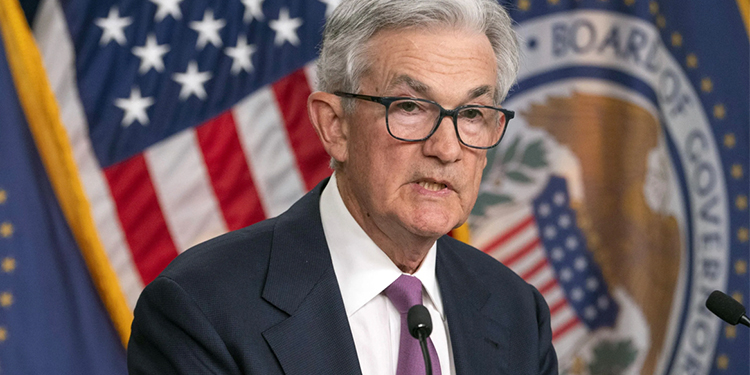The US Federal Reserve has decided to maintain its current interest rates while adopting a more hawkish monetary policy stance to combat inflation without causing significant economic harm or job losses. The central bank’s benchmark overnight interest rate remains in the range of 5.25%–5.50%, but it is signaling a more stringent approach in the future as it expects inflation to persist until 2026.
Fed Chair Jerome Powell emphasized the importance of addressing inflation, stating that “people hate inflation.” The Fed believes that despite the inflation-fighting measures, a strong economy and robust job growth will mitigate the economic and labor market impacts.
The updated quarterly projections released by the Fed suggest the possibility of one more interest rate hike this year, reaching a peak range of 5.50%–5.75%. Monetary policy is expected to remain slightly restrictive until 2026, with the economy growing at an estimated trend level of around 1.8%.
While inflation is projected to decrease in the coming years, the Fed anticipates only modest initial reductions in its policy rate. This means that the expected half-percentage point rate cuts in 2024 would effectively raise the inflation-adjusted “real” rate.
Despite the Fed’s confidence in its approach, Powell mentioned the need for convincing evidence that the appropriate interest rate levels are reached to achieve the 2% inflation target.
Bond yields increased, and major U.S. stock indices fell following the release of the Fed’s projections and policy statement.
While the Fed maintains a strict stance on inflation, there is growing sentiment among central bankers that a “soft landing” may be achievable, with inflation decreasing while GDP continues to grow and unemployment remains low. This represents a shift from earlier expectations.
The Fed’s median forecast suggests that inflation will continue to fall, with GDP growth and unemployment rates remaining favorable. This outcome defies historical trends and contradicts the predictions of some economists.
Investors had anticipated significant rate cuts in the next year, but projections indicate that the policy rate will remain above 5% for the foreseeable future, resulting in tighter credit conditions and higher borrowing costs for companies and households.










